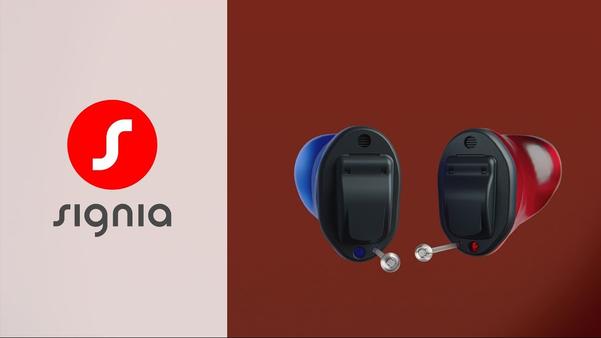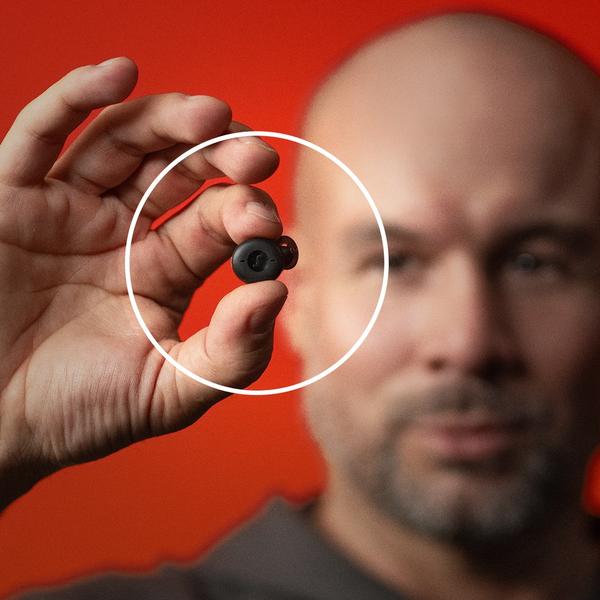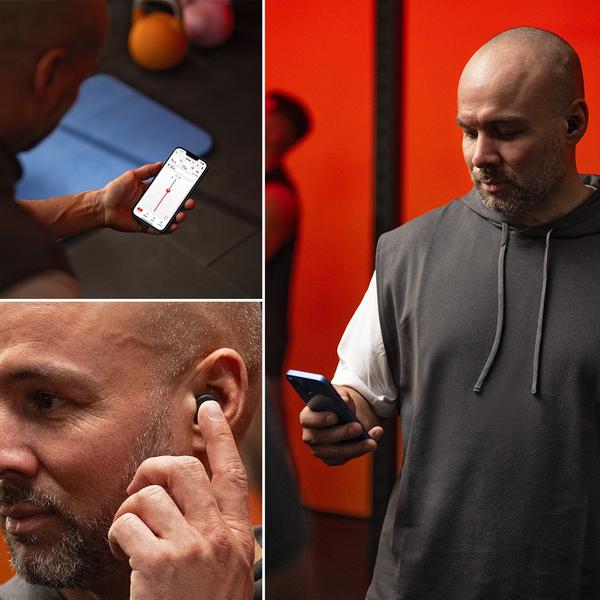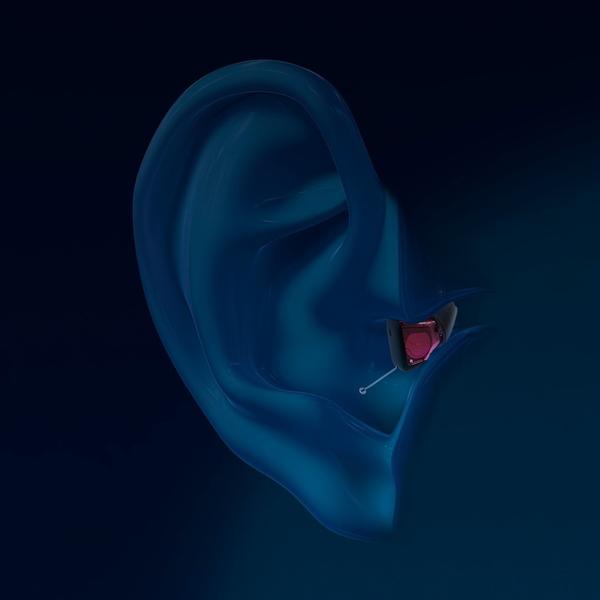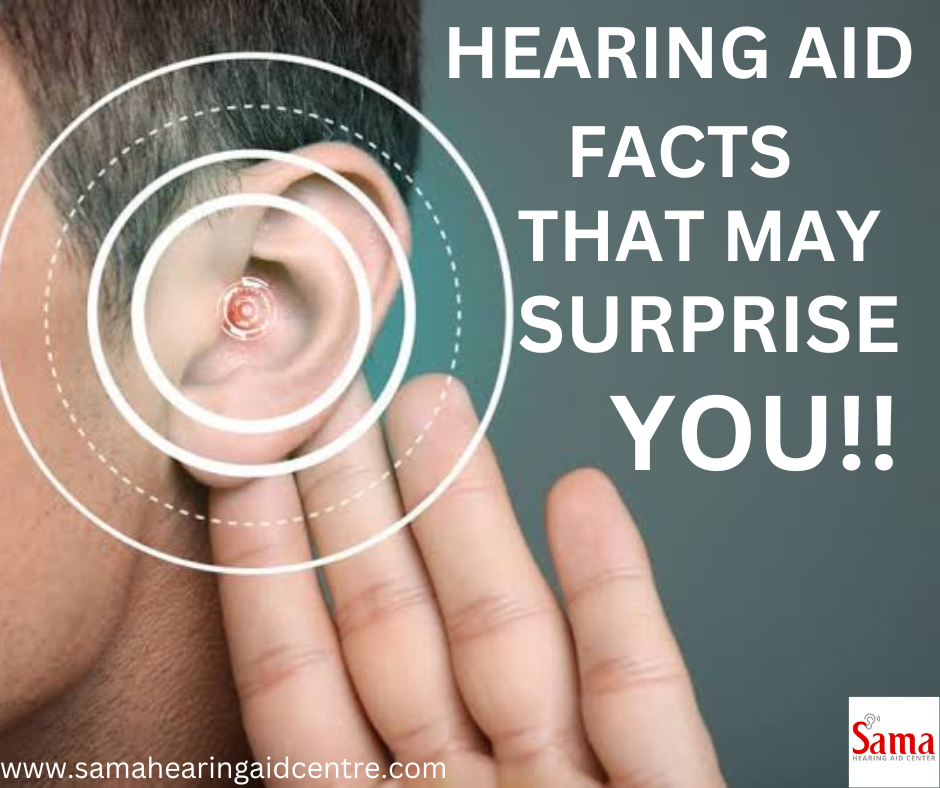
HEARING AID FACTS THAT MAY SURPRISE YOU
Digital hearing aids can be programmed using your computer and can tailor the settings to your exact, unique needs. New digital technology allows you to take phone calls and hear the TV right through your devices on top of many other cool features.
Hearing aids are more adjustable than ever. They can make the distinction between speech and background noise. When combined with special induction loops, hearing aids can accurately pick up announcements in crowded places and subtract the background noise and frequency distortions. These adjustable features are also available on your smartphone to a certain extent.
Programming allows hearing aids to auto-adjust to memory based on your setting. This enables the hearing aid to automatically revert to your most comfortable setting. The settings are based on your previous use and real-time interactions with the environment.
You have battery choices. Digital hearing aids are compatible with rechargeable technology. Disposable batteries can be used if needed.
Two hearing aids are better than one, even if you’ve only lost your hearing in one ear. Remember sounds come from every direction. Two hearing aids increase your ability to detect which direction a sound is coming from, which can be lifesaving in certain situations, like crossing a busy street.
Wearing hearing aids is different from putting on a pair of prescription glasses. Hearing aids don’t always work effectively right away. Usually, an audiologist won’t set your hearing aid to full prescription at the beginning, but rather they allow you time to adjust so you don’t feel overwhelmed. It can take up to three visits to get your hearing aids completely tuned in.
Hearing aids take time to get used to. Your brain might not be used to distinguishing between which sounds are important and which aren’t. Just like trying to establish a new habit will take time, so does the habit of using your hearing aids.
Hearing aids can help reduce the symptoms of tinnitus, a condition generally experienced with noises or ringing in the ears or head. Some hearing aids provide a kind of ‘masking’ effect for tinnitus, allowing you to hear sounds more naturally.
Hearing aids might slow down cognitive decline in the elderly. When you can’t hear properly, you are less engaged, and when you’re not engaged, there tends to be an increase in cognitive decline. It stands to reason that when hearing aids boost your confidence to take part in conversations and engage with people,
Keywords
TV
top
pair
part
kind
head
ears
brain
speech
extent
memory
people
noises
sounds
ability
elderly
one ear
devices
increase
tinnitus
symptoms
computer
settings
beginning
new habit
condition
direction
situations
confidence
smartphone
Programming
audiologist
environment
busy street
distinction
phone calls
previous use
three visits
announcements
conversations
crowded places
battery choices
masking’ effect
Two hearing aids
background noise
cognitive decline
HEARING AID FACTS
full prescription
adjustable features
comfortable setting
exact, unique needs
Wearing hearing aids
Disposable batteries
Digital hearing aids
prescription glasses
frequency distortions
real-time interactions
New digital technology
rechargeable technology
special induction loops
many other cool features

